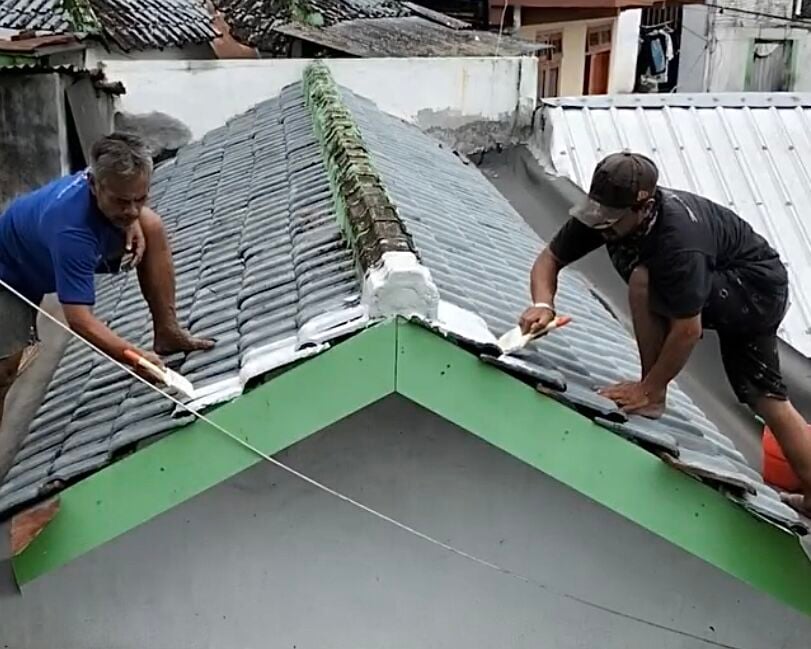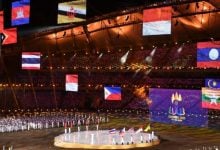Indonesia adopts cool roofs to combat heatwaves and reduce energy costs

A low-cost, sustainable solution to the increasing heatwaves in Southeast Asia is being implemented in Indonesia through the use of “cool” roofs. These roofs have a special coating applied to them that reflects sunlight and reduces the amount of heat absorbed by a building, resulting in lower indoor temperatures.
In Indonesia, the Cool Roofs project, led by architecture lecturer Beta Paramita, aims to scale this climate-friendly solution. The majority of commercial and office buildings in Indonesia can afford air-conditioning, but 80% of homes and most schools do not have this luxury. Last year, Cool Roofs Indonesia won the Million Cool Roofs Challenge, a global competition that aims to scale the use of cool roofs in developing countries suffering from heat stress, and received a US$750,000 grant.
The project initially focused on residences but shifted its attention to educational and religious institutions as they tend to have higher levels of activity during the day. Beta explained that if the weather is too hot, students, particularly in elementary schools, cannot concentrate and perform worse in cognitive tests in the afternoon compared to the morning.
Since winning the challenge, Cool Roofs Indonesia has deployed its technology on the roofs of over 40 public and community buildings, with more in the pipeline. In one industrial building covering 5,000 square metres, the indoor temperature dropped from 40 degrees Celsius to around 29 degrees Celsius. In schools, the temperature drop could be smaller, but it still makes a significant difference.
Cool Roofs Indonesia’s water-based product is simple to apply and consists of a primer that dries in 30 minutes and a coating that reflects 84% of solar energy and radiates 90% of absorbed heat. The product is a version of a similar paint patented in the United States by the University of Florida and two companies called Milenium Solutions USA and WinBuild Inc.
The primer and coating have been manufactured locally in Indonesia since 2019, reducing costs and providing employment opportunities. The project will set aside 10% of production for corporate social responsibility purposes, and the product is free for public buildings like schools, orphanages and religious institutions.
For commercial customers, the product, marketed under the BeCool brand, is cheaper than other brands on the market. A set of 20 kilograms of primer and 20 kilograms of coating costs 2.73 million rupiah, which can cover an area of 120 to 160 square metres, depending on the absorbency of the roof material.
Beta cautioned that cool roofs may not always significantly reduce indoor temperatures, as other factors such as the building’s design, orientation and quality of air circulation also play a role. However, the economic benefits of cool roofs are easier to communicate to people, as they can reduce the use of fans and air-conditioning, resulting in lower electricity bills.
Other countries, including Singapore, have also trialled cool paint. In 2021, the Housing and Development Board and Tampines Town Council announced a large-scale pilot project involving about 130 blocks, aiming to reduce the ambient temperature by up to 2 degrees Celsius. The project is expected to be completed by next year. Cool roof technology can benefit both developed and developing countries, as well as high and low income communities.
Latest Thailand News
Follow The Thaiger on Google News:


























